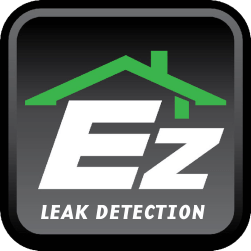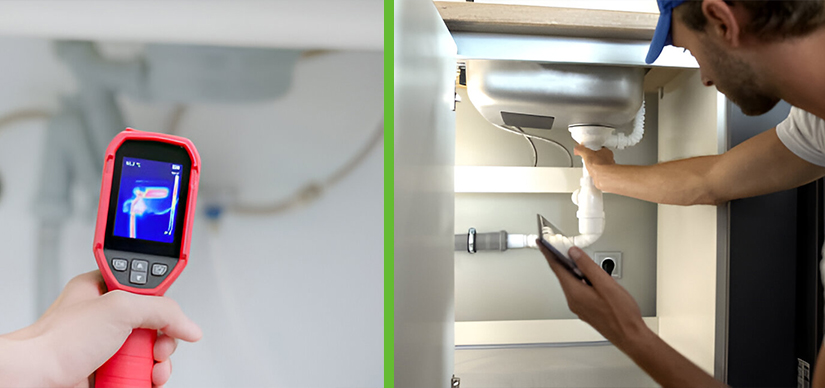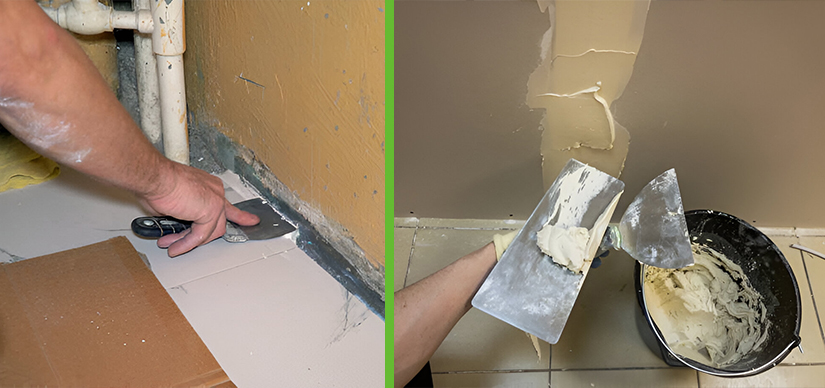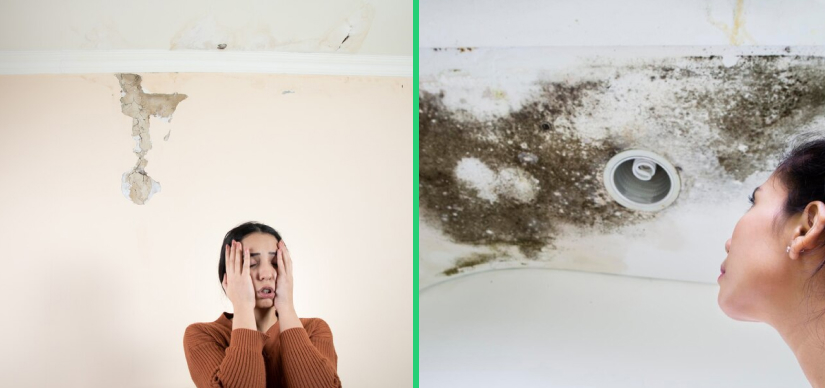Why It’s Important to Detect Leaks Early?
Procrastination can worsen damage in any structure because of undetected and unaddressed leakages. Water leaks, irrespective of their size, seep more than just water and draw up other expenditures. In excruciating scenarios, failure to treat such leakages may hamper the foundation and repair cost.
The beneficial thing is that there are signs of a lot of leaks that can easily be seen. Such proactive steps to learn how to detect leaks in unexposed piping systems and more frequently check the piping system for wear and tear will save you a lot of money and frustration in the process.
Common Red Flags That Indicate Possible Leakage
Before one can begin to look for a leak in the property, it is useful to have some knowledge of the symptoms that may suggest that there is a problem somewhere. Listed below are the typical signs that hidden leakage may be present in the property:
Higher than normal Water bills:An increase in the water bill without any discernible cause is often associated with an internal leak in the drainage system.
Wet Spots or On Stains: Damp spots on the walls, floors, or ceilings are clear signs of water leakage inside the house.
Smells of Old Basements: Constant wetness can ignite an onslaught of fungi like mould and mildew which give off the old stale odour. In case you have this odour at your residence, it only means that a leak is concealed somewhere.
Whenever any of these signs are observed, there is a need to move quickly. So, how do you check for leaks on your own? Let us find out.
You may also utilise your water metre to determine if there’s a leak in the house. Ensure that all water sources and appliances such as washing and dishwashing machines are turned off within the house. Do not use water in any way during this time.
Then, observe the water metre and write down the reading. After some time, look at the metre again, preferably after thirty minutes to an hour. If there is a difference between the two readings, it is reasonable to assume that a leak has occurred in your system.
This method is also very effective since it tests for those leaks that are often known to be inconsequential. Even tiny, persistent leaks will be picked up.
Among most household bathroom fixture, toilets are most likely to have hidden leaks. One such trouble is the throne or the toilet that never stops filling perpetually, causing unnecessary water wastage without anyone’s knowledge. All is well though as this part will deal with testing for a toilet leak repair and yes it is simple.
Put food dye into the toilet cistern, ATTENTION: DO NOT PUT INTO THE BOWL and hold off flushing for about 15-20 minutes. You have a leak when the water in the bowl turns coloured. This occurs when the tank’s flapper valve is damaged, causing a leak that fills the bowl with water from the tank.
Most of the time it is an easy task to do toilet repair when there is a leak because it most often involves changing the wear and tear flapper valve.
It is relatively easy to carry out an installation of a new one so most of the leaks are due to wear and tear of the rubber washer or a plastic O ring.
Storage cabinets beneath sinks are generally susceptible to leakages, but such occurrences rarely get mild more so until it becomes catastrophically damaging. The inspectors examine the sink cabinets of both the bath as well as the kitchen and check whether there are any traces of moisture, mildew, or even mold. Inspect the tubes for any signs of dripping, or for any spots of decay.
It oozed water stains or wetness, then uneasy is the life of that problem postponing its remedy. If it is an issue that fissures too much in extent, it is feasible to repair the issue yourself but could be opting for a plumbing service in other cases.
The exterior of your residence is just as susceptible to leaking as the interior of the home. Inspect all outdoor taps, pipes, and irrigators to see whether there is any leaking. And just like indoor faucets, faucets rusting from outside may lead to wastage of water over time.
Switch on the outdoor taps and ensure that there are no water leakages at the connection joints. In case an irrigation system is present within the maintenance area, be vigilant on the leaks or breaks of the piping system supplied to the irrigation system.
There are some small leaks that you may be able to fix by yourself, but there are situations, which will warrant you to look for help from experts. If you have detected any of the above signs e.g. moisture in the wall but do not see visible signs of leaks, definitely it’s time to contact a leak detection plumber in San Diego or anywhere nearby.
Professional plumbers have state of the art equipment such as moisture probes, thermal imaging devices, and sonar devices that are able to find hidden leaks without causing any destruction to the house. This is very useful especially in cases where there are slab leaks or leaks within the wall cavities as they can be silent on the surface without proper tools.
After establishing the precise location of leakage and rectifying it, it is also recommended to take some measures in order to prevent similar issues in the future. Some of these include:


















